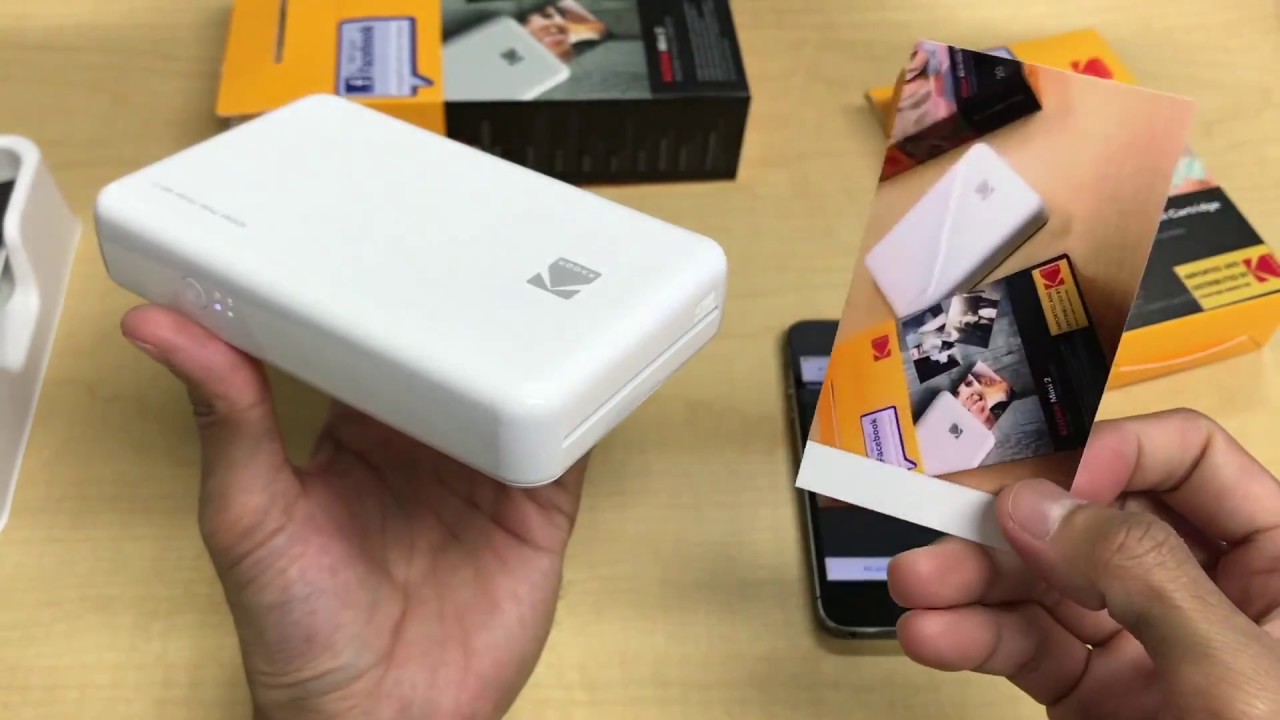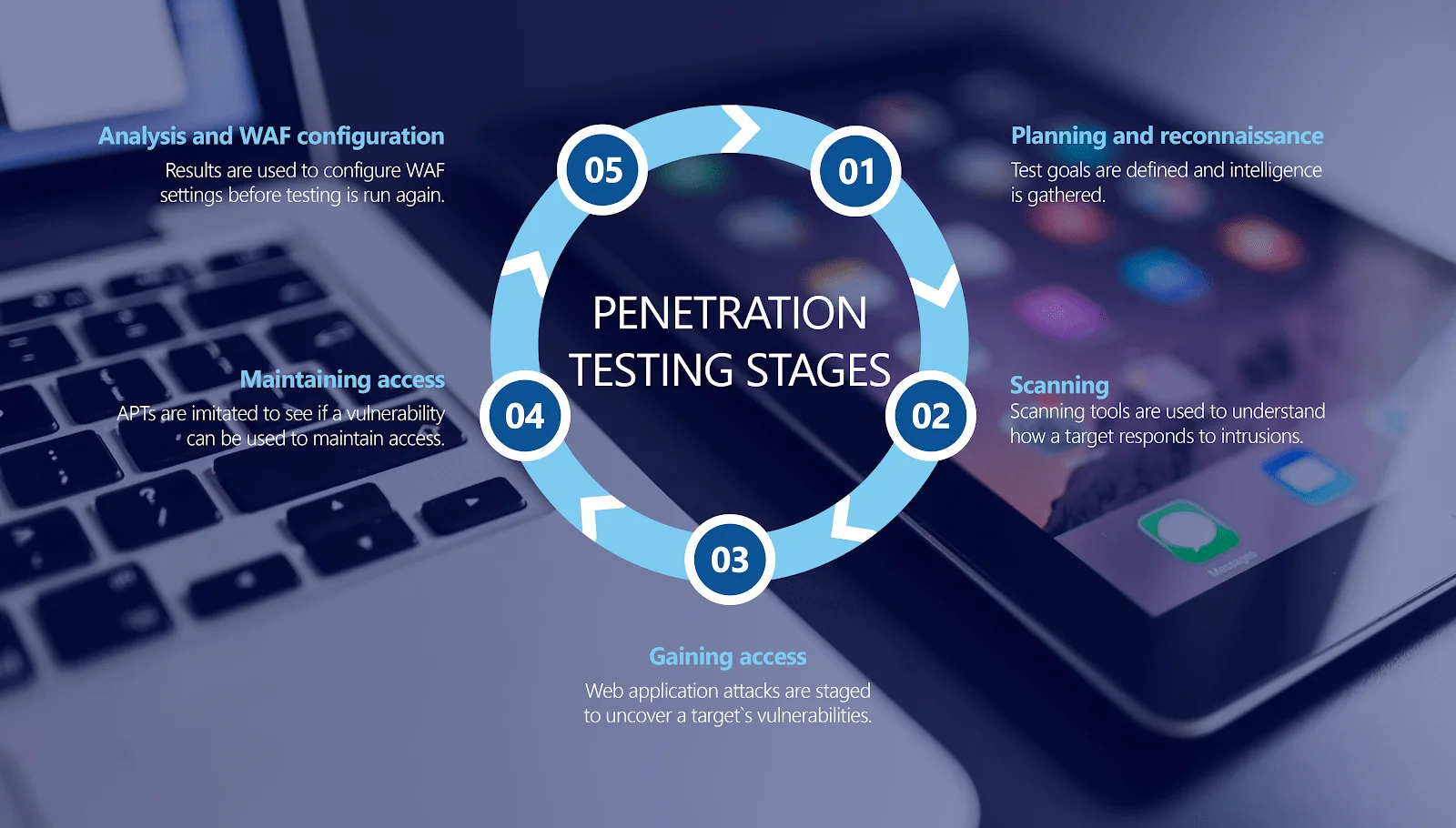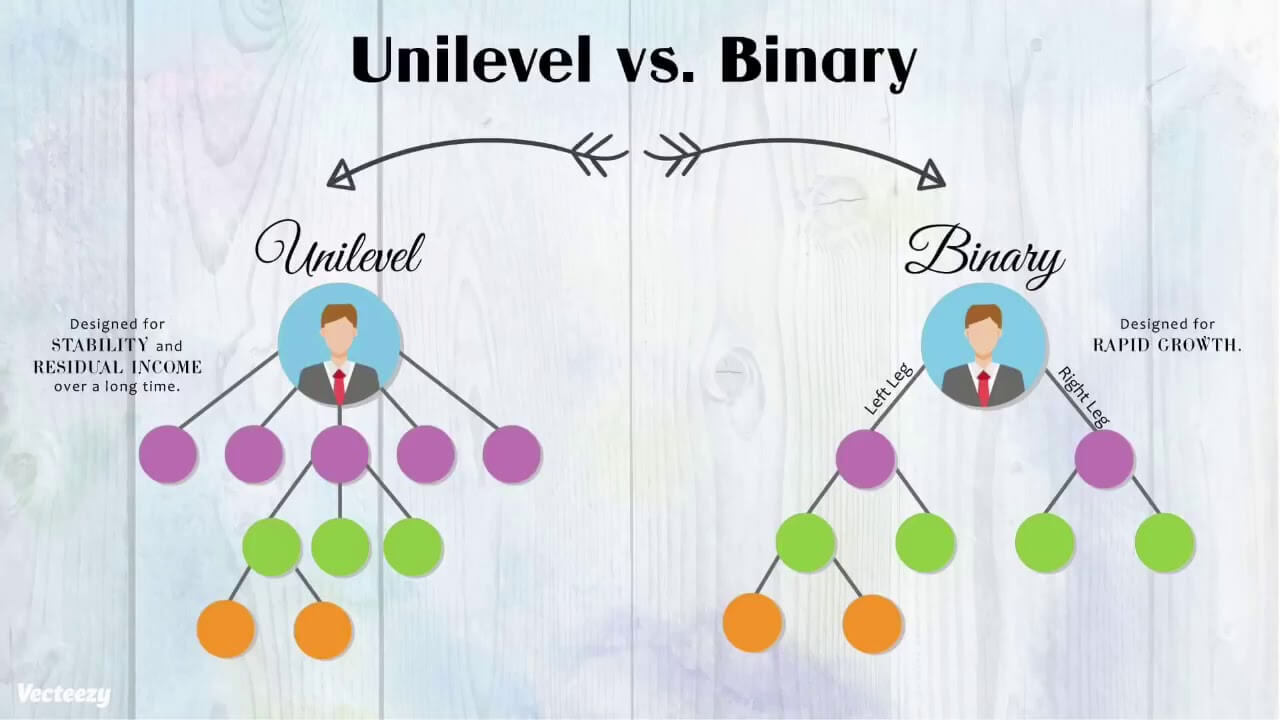Difference Between IoT And Blockchain
The technological era today is growing exponentially. It is transforming the way enterprises or a market operates through the use of sensors, edge devices and other highly built up infrastructures. The Internet of thing (IoT) and Blockchain are two fields which are triggering a great deal of hype and exhilaration in both the technology circle and the big business world.
The Internet of things (IoT) could be elucidated as an interconnection via the internet of computing devices embedded in everyday objects, enabling them to send and receive data. It allows for the creation of networks of sophisticated smart devices such as smart cars, phones, and smart home appliances. Examples of the prospective boons of the same include everything from allowing homes to learn their occupants’ behavior paradigm so that they can increasingly automate chores.
Blockchain is an encrypted, distributed computer filing system designed to allow the creation of tamper-proof real-time records. It uses a set of transactions that are recorded in a database. It has the capability to considerably increase both the security and level of automation of certain data transactions. It enables the creation of individual blocks of data in a form of a chain. As each new block is added to the former, it forms a digital ledger containing all the information ever added to the chain.
Blockchain is a distributed ledger technology combined with IoT to make a machine to machine transactions possible.
Following are some pointers stating the distinctions between IoT and Blockchain
- ·The structure system of IoT is centralized, while that of Blockchain is decentralized. IoT platforms reckon on client-server or hub-and-spoke architecture. On the other hand, the decentralized nature of blockchain is a configured benefit that can be a potential problem for IoT.
- By combining these two, establishing an IoT platform that is decentralized in nature will assist in securing compatibility with a blockchain network but it can be a challenge to align IoT sensors to handle their own compute and data storage, since they rely on central compute and storage resources.
- Blockchain is a resource-consuming technology, whereas IoT is a resource-restricted technology.
- On combining the two, the blockchain technology application permits enterprises to tackle data on edge devices in an IoT system, reducing costs associated with IoT device maintenance and data transfer. It abbreviates the perils of managing data, as there is no centralized data repository and the ledger is shielded from cyber-attacks. It eradicates the IoT gateway or any other intermediate device for data exchange and lessens the time necessary for processing the data.
- The latency demanded by IoT is low whereas block mining is time-consuming. Latency is the delay between a user’s action and a web application’s response to that action. [It is often referred to in the networking terms as the total round trip time it takes for a data packet to travel.]
- On comparing the two based on scalability, Blockchain scales poorly with a large network, and IoT is considered to contain a large number of devices. Scalability and storage are the principal issues possessed by the Blockchain system that maintains a large centralized ledger and storing the ledger on edge notes is inefficient since smart devices at the edge are not yet capable of storing large volumes of data.
- Looking upon the bandwidth criteria, IoT devices have limited bandwidth and resources, in contrast to the high bandwidth consumption by the Blockchain devices.
- The most significant difference between the two is that of security. With the number of connected devices growing vigorously every year, data security has become a lot more complex than before. Blockchain acquires better security than IoT, for which it is a significant challenge. Blockchain enforces high-level security by authenticating and authorizing encrypted device-generated data with the help of decentralized distributed ledgers. In a distributed ledger, data computation and storage are spread across millions of devices. Due to the respective system, the failure of a device, a server, or the network will not affect the entire IoT system, when combined. Due to weak access control and client/server architectures, many IoT ecosystems present soft targets for hijackers. Thus, IoT presents a considerable challenge for enterprises, which must protect information at all levels of the IoT ecosystem. Due to weak access control and client/server architectures, many IoT ecosystems present soft targets for hijackers. Distributed denial of service (DDoS) attacks, which disrupt normal traffic to connected devices by overwhelming the target or surrounding infrastructure with a flood of internet traffic, have become more frequent.
Although IoT and Blockchain are two different evolved technologies, their union extends copious prospective benefits and permits a smart device to function autonomously without the requirement for a centralized authority. It can also track how devices communicate with each other. The two mentioned technologies are a skill for Gen Z to possess owing to its prospects and the ways it can change the world of kids.
Edurific provides efficient courses for kids in Applied Technology for the respective field to gain an in-depth understanding of IoT and Blockchain.


